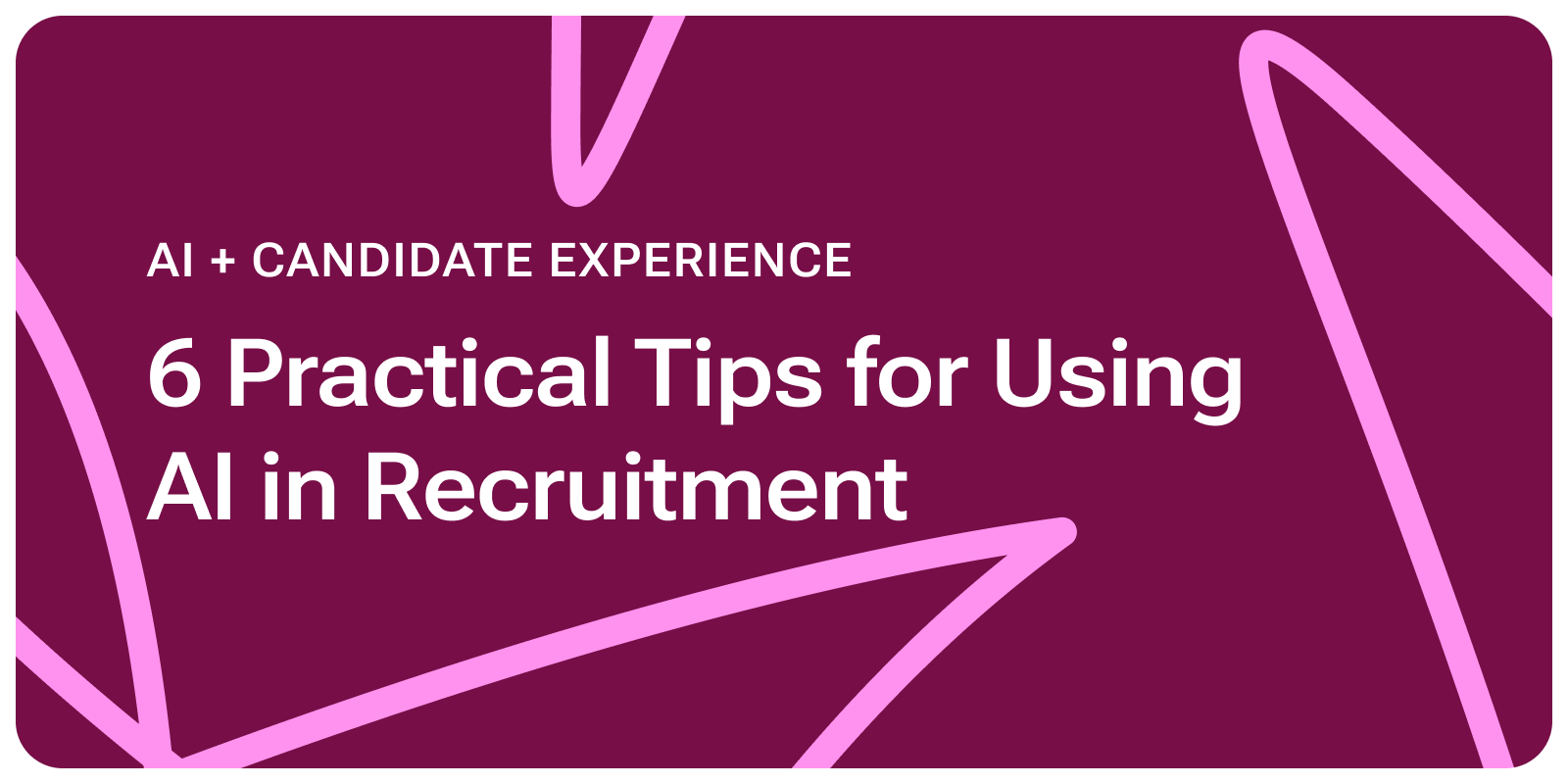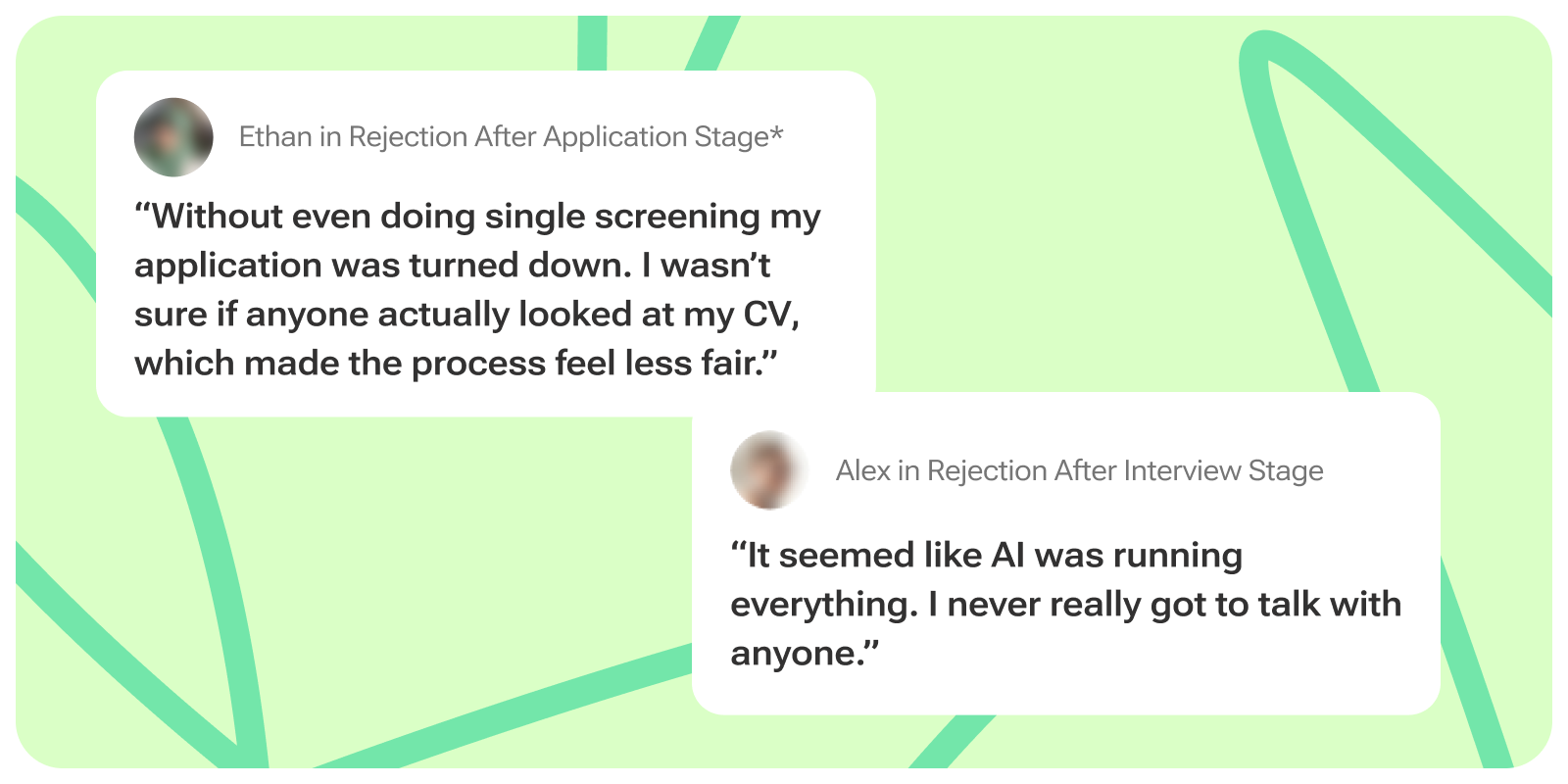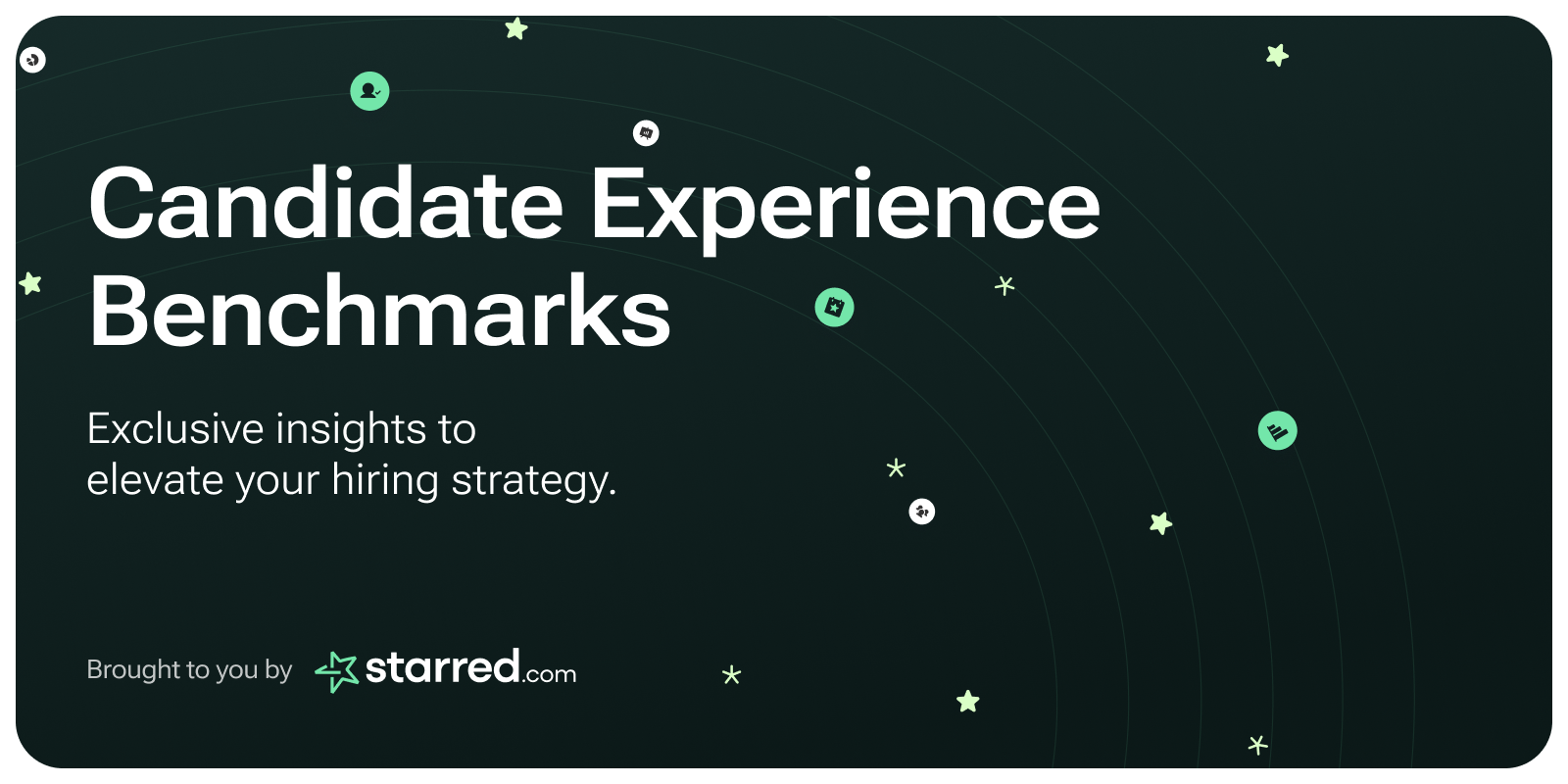The days of single company careers are decidedly over. Data shows that, on average, employees stay at the same job for 3 to 5 years. Retaining employees beyond the 5 year mark has proven to be a challenge, and The Great Resignation/Reshuffle has only strengthened these trends.
In order to improve retention and overcome talent scarcity, more and more businesses are stepping away from traditional hiring practices and drawing on a new pool of talent - internal candidates. This makes perfect sense.
According to LinkedIn’s Global Talent Trends 2020 Report, employees stay 41% longer at companies with high internal recruitment compared to those with low internal recruitment. Clearly, that’s a figure that talent acquisition professionals can’t ignore in the current market, and around 65% acknowledge that their companies need to improve their internal recruitment strategies.
We chatted with our partners at Greenhouse, SmartRecruiters and Lever to learn more about the advantages of internal recruitment, and to find out how an ATS can support businesses in being successful with their internal mobility strategy.
In this article, we will discuss:
- What are the advantages of internal recruitment?
- How to establish an internal talent mobility plan
- Why you need separate hiring processes for internal candidates
- How to choose the right ATS to support your internal recruitment efforts
- How to build your internal candidate pipeline
- How to measure your internal candidate experience (and why this matters)
Advantages of Internal Recruitment
Besides increasing your retention rates, internal recruiting will decrease your new hire failure rate and onboarding time. It will also bring along many other benefits:
- Increase quality of hire - an astounding 50% of new hires fail. Re-recruiting existing talent will have a positive impact on your new hire success rate.
- Increase employee engagement & retention - offering continuous development opportunities will boost employee morale and result in happier employees. Over 80% of TA professionals agree that internal recruitment boosts productivity and employee retention.
- Turn employees into brand ambassadors - happy employees are more likely to generate referrals, which are proven to be the best source of high-quality hires.
- Increase hire velocity - internal recruitment leads you to find suitable candidates faster, offers built-in references, and allows you to skip culture-fit interviews and background checks. 63% of recruiters believe that internal recruitment accelerates the process.
- Save money - you won’t have to pay for any job board fees, agency costs or sourcing. On average, companies lose approximately $49M annually due to turnover from bad hires.
Now that you understand the positive impact internal recruitment has on the success of your hiring efforts and bottomline business, (and you’re not alone: 73% of HR and hiring professionals say internal recruitment is becoming increasingly important to them), let’s take a look at the steps you need to take to lay the foundation for successful internal recruitment.
Establishing An Internal Recruitment Mobility Plan
When internal recruitment takes place through informal, relationship-based referrals (which will happen without a plan), this can result in disappointing results. According to a 2015 study, internal hires often underperform compared to those hired by following a formal process.
To successfully recruit internally, companies need to establish an internal talent mobility plan. This plan should comprehensively outline the potential avenues for employees’ movements within the company, both horizontally (within the same job level) and vertically (upward between job levels).
Each company is specific, but there are a few general guidelines you should aim for when creating your internal talent mobility plan.
First off, consider specializing some of your recruiters in internal recruitment. Depending on the size of your company, you may end up with anywhere between one internal recruiter and a whole team. Dedicating personnel to internal recruiting allows you to broaden your talent pool without splitting recruiters’ attention between external and internal candidates. You also need to make sure that hiring managers are included and properly briefed on the benefits of internal recruiting, especially since managers are the most likely to offer resistance.
There are also many company-level initiatives that can help boost your capacity for internal recruitment by making your employees more flexible and T-shaped. Good options include a temporary job swap program, dedicated cross-training, cross-team collaborations, mentoring programs, and employee shadowing programs.
Additionally, ensuring you have a robust internal talent marketplace platform, and equally weighing both internal and external recruiting strategies is also important in setting you up for success.
Why You Need a Dedicated Internal Recruitment Process
Internal recruitment has increased in relevance in recent years, but it’s still relatively underutilized by most TA teams. The majority of internal recruitment is initiated by employees themselves, and is not spurred by recruiters or hiring managers. Don’t just take my word for it, Microsoft’s Head of Recruiting said as much:
“For all the focus on mapping the external talent marketplace, the irony is that there’s not enough focus placed on the talent underneath one’s own roof.”
- Chuck Edward, Head of Recruiting at Microsoft
Internal candidates require a specific process, complete with their own platforms and tools. Allocating sufficient resources to internal recruitment allows you to reap the full potential of your employees’ talent, and improve their career prospects within your company. Chris Winkler, Product Marketing Lead at Lever explained why they consider internal recruitment to be crucial to workplace success:
“A happy employee is naturally a more productive employee. They have this drive to want to see the company succeed and do more for their team and their colleagues because of all the company is doing for them. This does have a direct impact on achieving business goals and impacting the bottom line. The best part is that happy employees are contagious, and boosts overall company morale, which is invaluable”
- Chris Winkler, Product Marketing Lead at Lever
As with most things, before you can dive into efficient internal recruiting, you have to arm yourself with the requisite tools. Once you have identified and established your plan, you need to pick a software to support you in carrying out your plan.
Choosing the Right ATS for Internal Recruitment
We chatted with our partners at Greenhouse, SmartRecruiters and Lever to learn how an ATS can support businesses in being successful with their internal mobility strategy.
All of them support internal recruitment platforms, with slight differences:
Lever: “Lever offers internal job sites that teams can leverage to post internal roles. Additionally, in the candidate database in Lever, employers can look through previous hires and see who may be a good fit for a future role based on their skill set and experience.”
Greenhouse offers multiple job posts for every job, and allows you to create an internal jobs board. This lets you create specific internal listings that will only display to those inside of your company, and are tailored for their knowledge and needs.
SmartRecruiters also supports internal job listings, complete with their own dashboard, although they specifically exclude referrals from this functionality.
If you want to compare these ATSs more broadly, consider reading our blog.
How to Measure Internal Candidate Experience
Establishing your talent mobility plan and mapping out your internal candidate journey is the first step to successful internal recruitment. What if you reject an internal candidate? An often overlooked aspect of internal recruitment is the impact a negative candidate experience has on your employees. The risk of internal recruiting is that, in the event of a rejection, you might end up with a dissatisfied employee. So, ensuring that you have optimal Candidate Experience for both internal and external candidates should be top of mind.
One recruiter at Lever echoed this when they said that: “Rejections for internal employees should focus on growth for the employee”.
Imagine this: an employee who has been working for your company for several years is ready for a new challenge and applies for a different position. After several interviews, the candidate is rejected and notified that someone else with better qualifications has been hired instead. What impact does this news have on the candidate?
Measuring candidate experience with Starred enables you to understand how your candidates, both internal and external, truly feel. We believe that the best way to understand your recruiting process is done by leveraging questions specifically meant for your internal candidates. After all, they have a unique position as current employees, and should be targeted with questions that are tailored to their status as internal candidates.
By actively listening to candidates, and asking them to evaluate statements such as: “I’m confident I can achieve my career goals within my current position” or “I still see myself working at Company X in one year from now.”, you will gain insights in how their experience impacts their engagement within the company. You can use this data to better understand your internal recruiting practices, and refine them accordingly.
Conclusion
I hope that this blog answered all your burning questions about internal recruitment and Candidate Experience. Now more than ever, it’s important to remember how much untapped potential already exists in your employee base. Internal recruitment has a large potential ROI, and, if properly implemented, can help boost your branding, workplace culture, employee morale, save you money, increase hiring velocity, and benefit your quality of hire. Carefully measuring your internal Candidate Experience will help you maintain these benefits, and set you, and your company, up for success.Interested in measuring your internal Candidate Experience? Feel free to book a demo and see how we can help!




